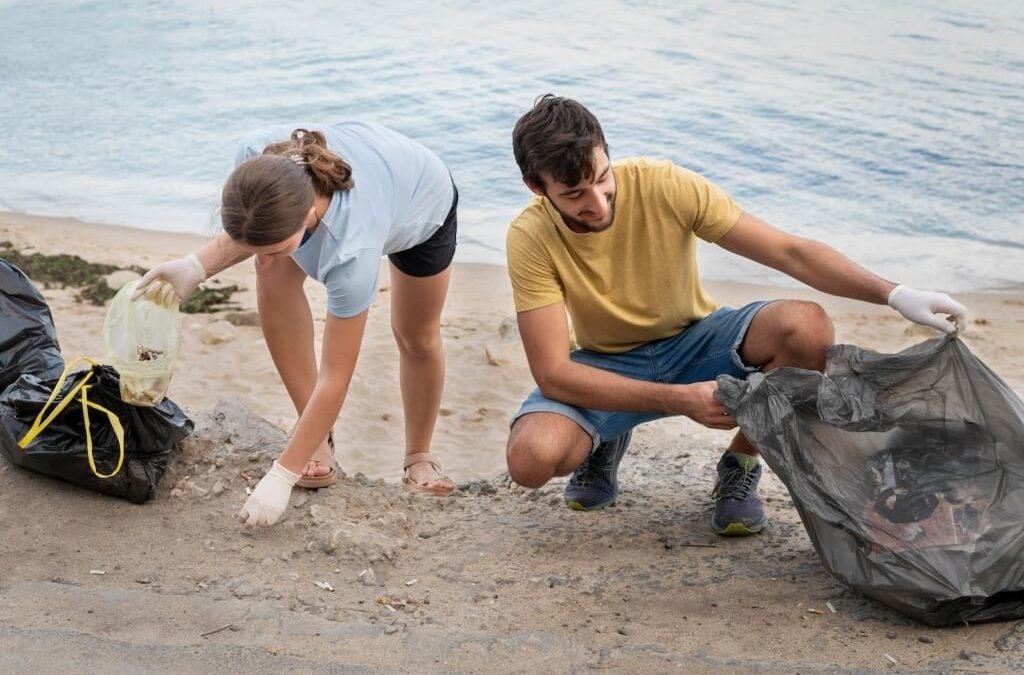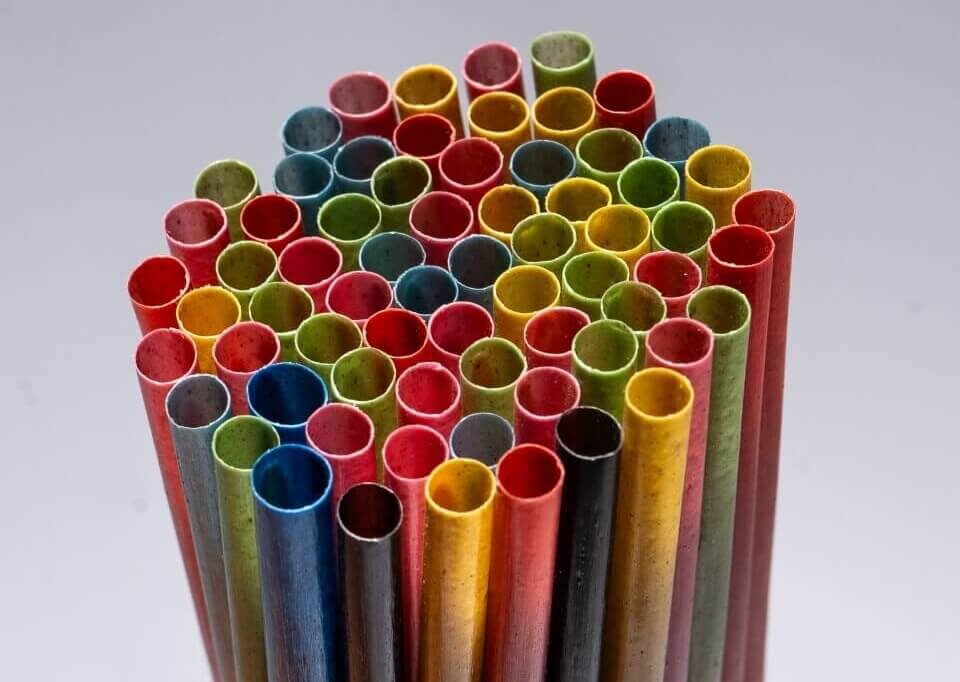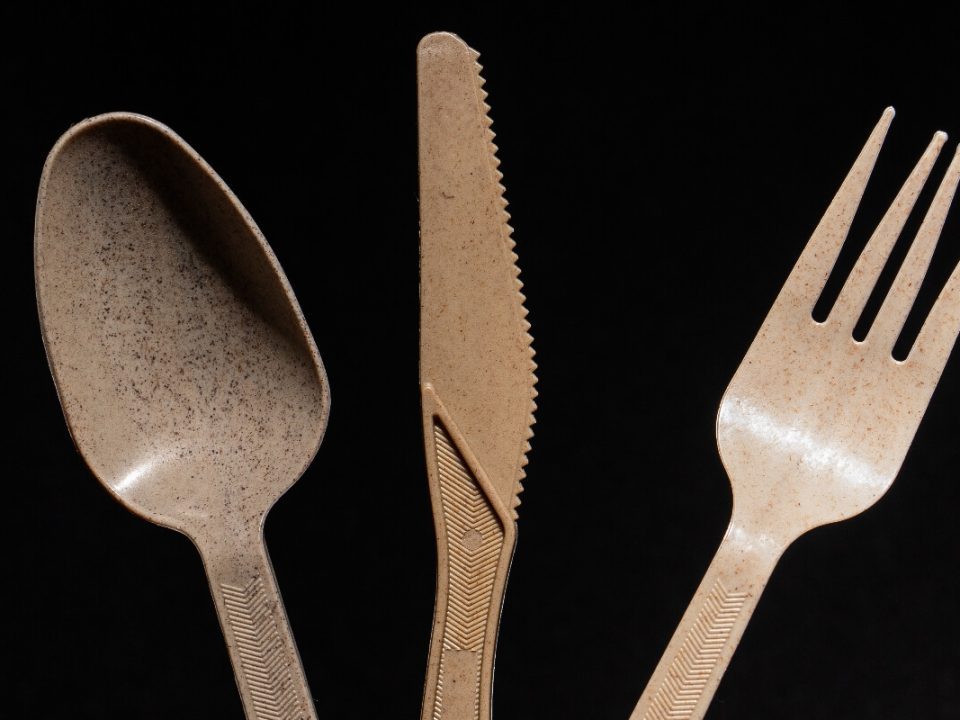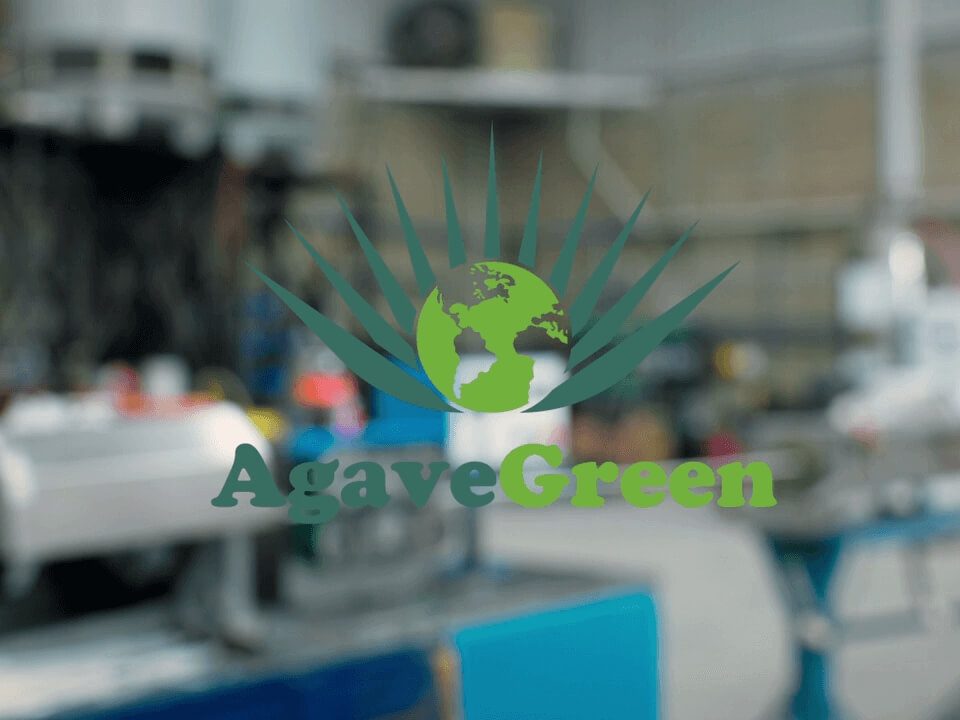1. An Everyday Reality with Real Consequences
Every time you choose disposable cutlery, you’re making a decision that impacts the planet more than you might imagine. Many of these utensils are made from petroleum-derived plastic, whose manufacturing is energy- and resource-intensive, and whose waste can persist for up to 1,000 years in landfills or on beaches, generating microplastics that pollute the oceans and enter the food chain (EL ESPAÑOL).
2. Sustainable Evolution Is Here
Faced with this scenario, compostable and biodegradable alternatives have emerged and are gaining traction. They are made from materials such as PLA (a bioplastic made from corn starch), sugarcane bagasse, wood, or bamboo—all capable of being composted in just 90 to 180 days under the right conditions (envagreen.com, Beeco).
What’s more, these pieces aren’t just more eco-friendly: They work just as well as plastic cutlery, and may even be safer, as they lack harmful chemicals that sometimes migrate into food when exposed to heat or acids (BioLeaderPack, sontex).
3. An Exploding Market for a Clear Reason
The demand for these eco-friendly utensils is no longer marginal. The compostable cutlery market alone is projected to reach $1.5 billion by 2025, growing at an annual rate of 10.5% (Market Research Intellect). This growth is driven by three main drivers:
- Stricter Regulations: The EU, India, Canada, and other countries already ban single-use plastics, driving the shift toward eco-friendly, ephemeral alternatives (BioLeaderPack).
- Consumer Preference: A recent survey shows that 78% of consumers opt for companies that use compostable products (Market Research Intellect).
- Corporate commitments and efficiency: Firms that embrace this transition improve their reputation and can reduce waste-related costs or access tax incentives (Vslivea).
4. Environmental Impact: What We Achieve with Every Piece of Cutlery
Compared to plastic, fiber-based designs (such as wood or bagasse) can reduce greenhouse gas emissions by up to 70% (BioLeaderPack). Even when compostable cutlery ends up in anaerobic landfills (such as some landfills), it is still less harmful than conventional plastic (BioLeaderPack).






